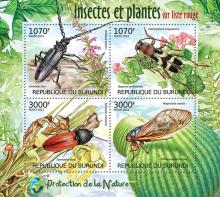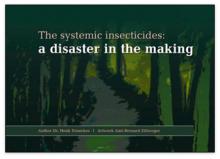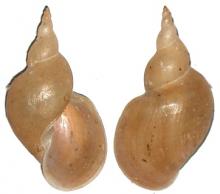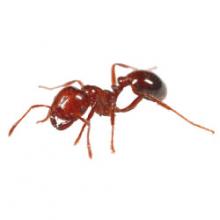Hen harriers virtually exterminated in northeast Scotland
Hen harriers (Circus cyaneus) have been virtually wiped out by sporting estates across northeast Scotland, according to a new scientific study. The number of breeding pairs in the Cairngorms National Park, Aberdeenshire and East Moray has plummeted from 28 in the 1990s to just one in 2014 because of “illegal persecution and grouse management practices”, nine experts from the Northeast Scotland Raptor Study Group have concluded. Their conclusions are backed by wildlife campaigners, who are demanding tougher action by Scottish ministers to crack down on offending landowners. But the study has been attacked by a landowning group as a selective attempt “to besmirch grouse moor management.” The study, published in the journal British Birds, identified 118 possible breeding areas for hen harriers in northeast Scotland. “The vast majority were on moorland managed for red grouse sport shooting,” it said. “Peak numbers of at least 28 breeding pairs in the 1990s declined steadily to just three pairs in 2010–12, five in 2013 and one in 2014. Illegal persecution and grouse-management practices are believed to be the main causes of that decline, which occurred despite ample suitable habitat and prey.”










